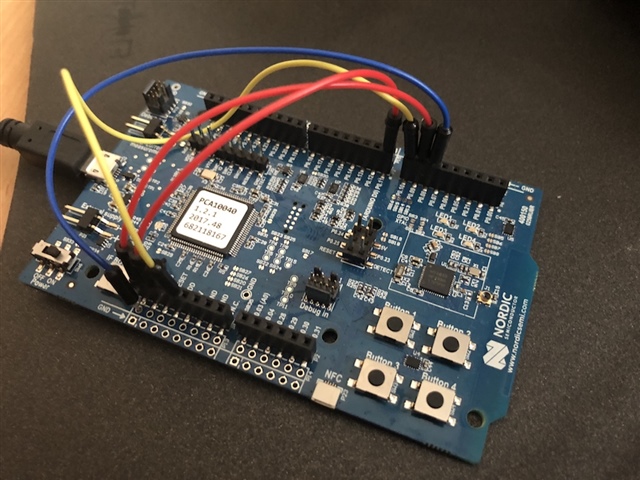I want to detect high to low transitions on 28 GPIO independently. I've read in other posts you can configure 4 pin interrupts or a port interrupt for all pins, but I'm not sure that allows the pins to have different states and still be detected.
I'm using GPIOTE. The code below does not seem to work for all pins.
for(int i = 2; ...; i++) {
nrf_drv_gpiote_in_config_t in_config = GPIOTE_CONFIG_IN_SENSE_TOGGLE(false);
in_config.pull = NRF_GPIO_PIN_NOPULL;
err_code = nrf_drv_gpiote_in_init(i, &in_config, in_pin_handler);
VERIFY_SUCCESS(err_code);
nrf_drv_gpiote_in_event_enable(i, true);
}
Is the only solution polling?



